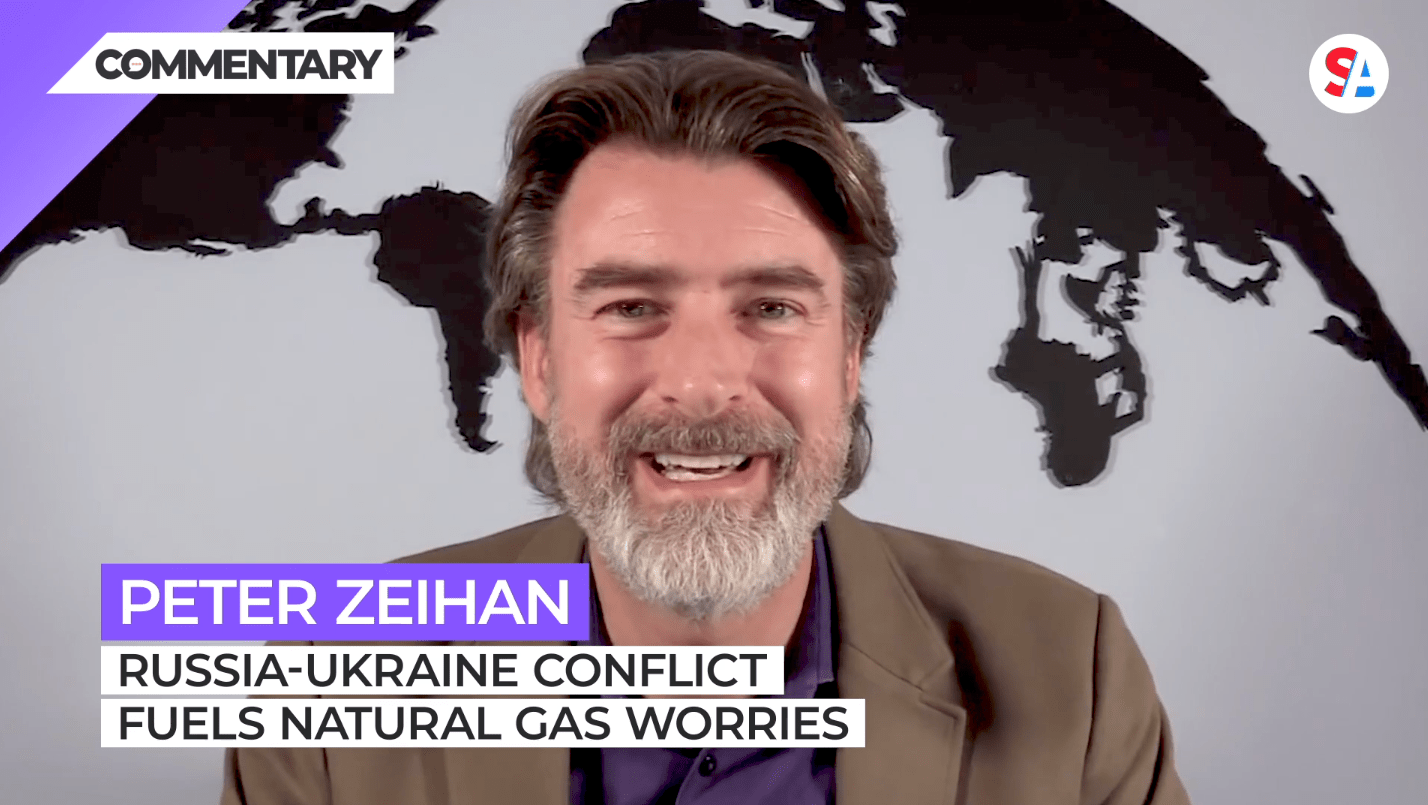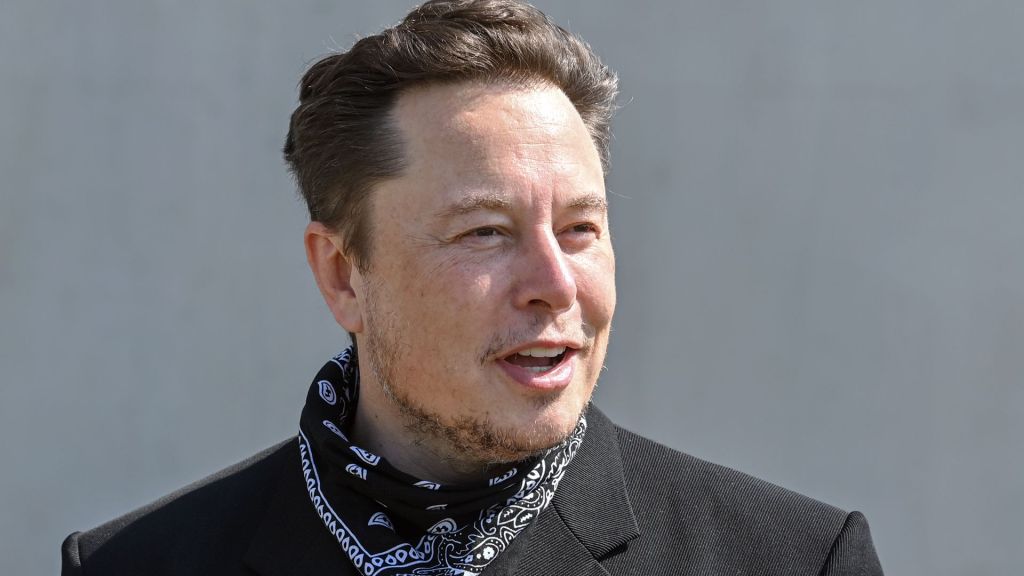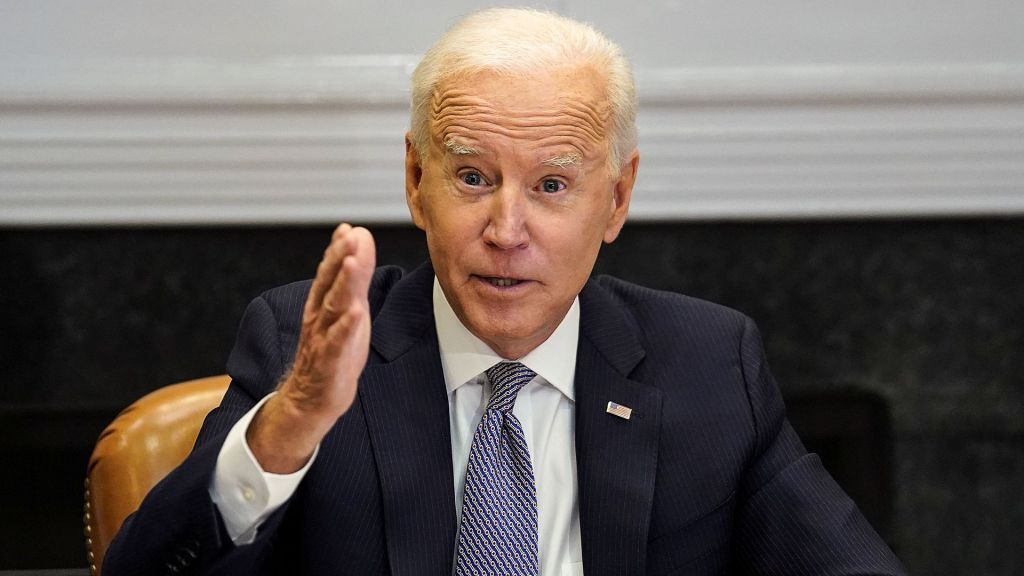
Commentary
-
Our commentary partners will help you reach your own conclusions on complex topics.
Hello from snowy Colorado. I’m Peter Ziehan. And we’re gonna talk today about what’s going on in another snowy location, Ukraine. Now, for those of you who have not had your head stuck in the sand, you know that the Russians are making all kinds of threatening noises. And everyone in Europe is concerned that the Russians are about to use those hundred thousand troops they’ve got massed on the border to actually invade and conquer the country.
The United States and the Brits have been leading a coalition of countries trying to dissuade the Russians from doing this – shipping weapons into the Ukrainian theater and putting together a prepared package of financial sanctions that would prevent the Russians from participating in modern society. All in all, if it happens, it would be the strictest sort of sanctions that we’ve seen against any real country in really in modern history.
And the Russians are not taking it lying down. They’re saying, if this does come to pass that they will cut off all energy exports to Europe. Now that’s just over one third of the natural gas the Europeans use, as well as somewhere around 30% of their oil. To that end, the Biden administration working with a few others, has started to put together the pieces of a plan to ship natural gas from the United States and other major producers into… Europe in order to make up for the shortfalls.
Sounds like a great plan, right? You know, this should just solve the issue. The U.S. is the world’s largest natural gas producer. We get lots of waste stuff outta the shale fields. It’s perfect. Right? Well, not really. Natural gas is a gas. It’s difficult to store, so it’s not like we’ve got a big pile of the stuff laying around somewhere.
In addition, demand for natural gas tends to be relatively inelastic. So if you have like 2% shortage, the prices can go up by like 50%. And that’s certainly the case in Europe where most of the natural gas is not used for chemical purposes, but to burn for electricity. And if you run out of electricity in the winter, well, that’s a problem. So what’s going on here? What’s really going on? Well, there’s a little, a little bit of hope that this plan might work a little bit. Most natural gas is shipped via pipe. It’s produced, put in the pipe. It’s sent to the end consumer, end of the story. But when you ship it across oceans, you usually don’t use pipes. You usually freeze it down into a liquid and put it on a special liquified natural gas carrier vessel, which when then sends it to the wider world.
Because of that, oftentimes there are tanks of LNG either at the point where it’s sent or the point where it is received and that buffer can be played with a little bit. So there might be enough natural gas out there to get one or 2 billion cubic feet per day to the Europeans, without too many problems.
That’s not gonna cover 10% with what they need, but it’s not insignificant.
Second. We are in an area, an era of rapid de-globalization, and we’re nearing the point where weaker economic systems are going to have to try to attach themselves to stronger ones to survive once globalization breaks down completely.
Now, the Europeans have never thought of themselves as one of those weaker systems, but when it comes to energy, they most certainly are. Roughly 90% of the energy needs of the European Union are imported. That percentage has gone up with Brexit. Well, the United States is the world’s largest energy producer, and it makes sense that at some point some parts of Europe are going to try to move in with the United States, so to speak. This could be the first piece of that, but the United States certainly does not have enough to supply everyone. So for this to work, Europe, as we understand it, has to stop functioning, which means that a Russian invasion of Ukraine is really just the first step down on a very, very long road to European dissolution. All right. That’s it for me until the next war.
-
Water wars are an unlikely future
Foreign policy writers have long warned of the possibility that clean drinking water might become “the next oil” — that is, that major wars might be fought around the globe over access to potable water. With expanding populations and finite water supplies, these critics argue that humans will inevitably fight each other to secure drinking…
-
Are Russia’s hypersonic missiles too good to be true?
Russia has reportedly used five of its new hypersonic Zircon missiles to target Kyiv since the beginning of 2024. Russia claims that these sea-based missiles, boasting a range of 625 miles and capable of traveling at nine times the speed of sound, are part of its family of “superweapons” aimed at penetrating the U.S. missile…
-
Norway sending F-16s to Ukraine
In recent months, the need for Ukrainian air defenses has grown more urgent. As U.S. aid is unable to pass through Congress, Ukraine’s European allies have been stepping up to provide what they can. Norway is now the latest nation to pledge F-16s to Ukraine, not only to defend Ukrainian airspace, but also for the…
-
Russians targeting civilian emergency crews in Ukraine
Russian forces are applying a brutal tactic in their war on Ukraine. The tactic, “double tap,” includes an initial strike on a specific civilian target of some value, followed by a second strike intentionally designed to kill the emergency first responders, medical staff, firefighters, and other key personnel dispatched to the location of the first…
-
Iranian strike on Israel not intended to provoke regional war
Rising tensions in the Middle East boiled over again on Saturday, April 13, when Iran launched a direct attack against Israel with over 300 combined armed drones, ballistic missiles and cruise missiles. The attack follows decades of simmering conflict between the two nations, amplified most recently by Israel’s invasion of Gaza and a strike on…
Latest Stories
-
 AP Images
AP Images
Argentina asks to join NATO as Milei looks to enhance security, strengthen ties
-
 Getty Images
Getty Images
Utah students protest 'furries,' school admin deny problem
-
 Reuters/Jane Rosenberg
Reuters/Jane Rosenberg
Trump’s ‘hush money’ trial: Legal experts debate name coined by media.
-
 AP Images
AP Images
Black Chicagoans feel neglected as millions funneled to migrant crisis
-
 Envato
Envato
Congress wants to curtail ‘judge shopping.’ Can it act before the election?
Popular Opinions
-
In addition to the facts, we believe it’s vital to hear perspectives from all sides of the political spectrum.
Latest Opinions
In addition to the facts, we believe it’s vital to hear perspectives from all sides of the political spectrum. We hope these different voices will help you reach your own conclusions.
The opinions published in this section are solely those of the contributors and do not reflect the views of Straight Arrow News.

















Latest Commentary
We know it is important to hear from a diverse range of observers on the complex topics we face and believe our commentary partners will help you reach your own conclusions.
The commentaries published in this section are solely those of the contributors and do not reflect the views of Straight Arrow News.
Peter Zeihan
Geopolitical StrategistAre Russia’s hypersonic missiles too good to be true?
Norway sending F-16s to Ukraine
Russians targeting civilian emergency crews in Ukraine
Dr. Frank Luntz
Pollster and Political Analyst‘Take the job seriously’: Why Americans are fed up with Congress
‘If we can shrink it, it will stop growing’: Americans talk debt, deficit
‘I don’t think they care’: Undecided voters explain their reasons
Pete Ricketts
U.S. Senator for Nebraska